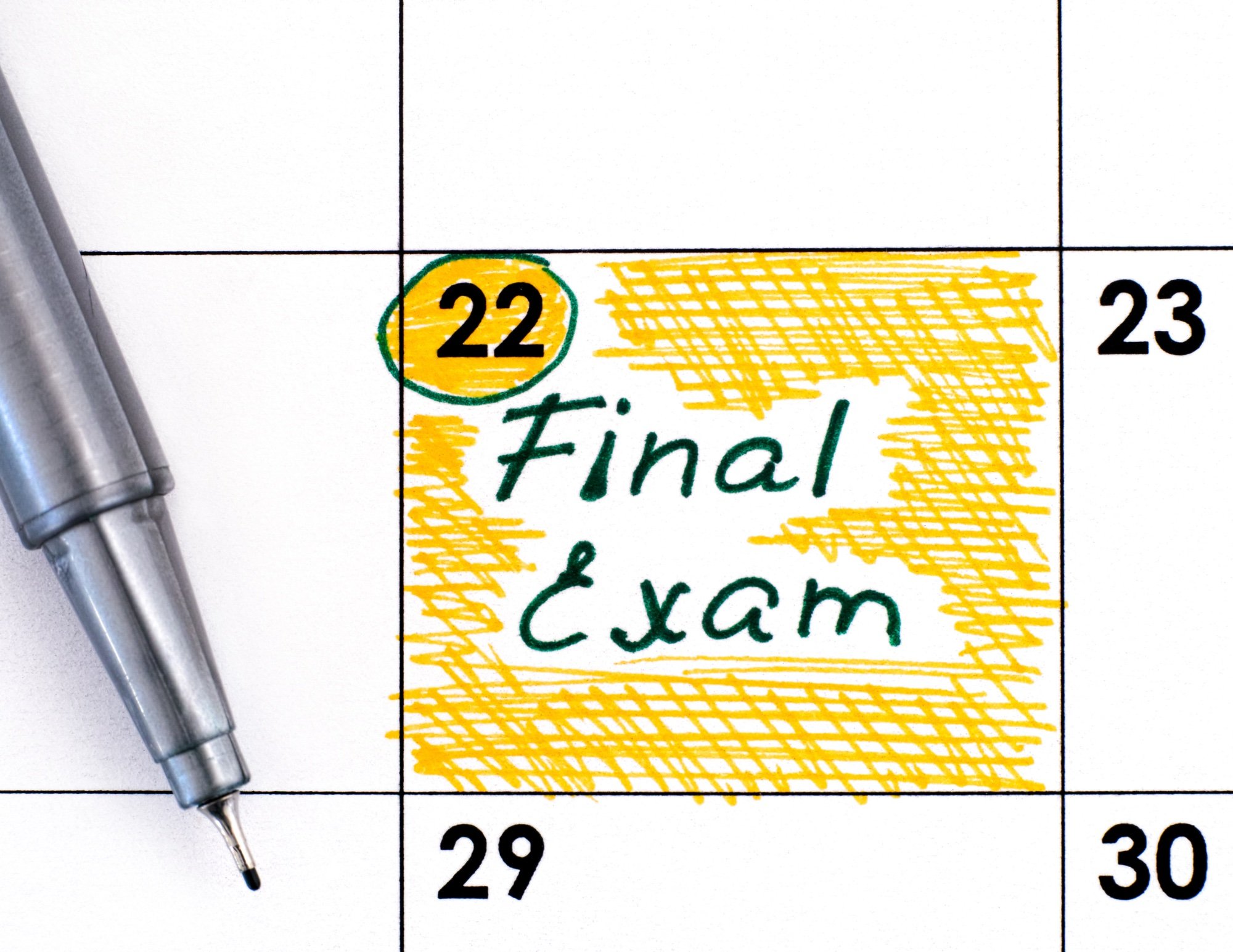Social media notifications, texts from friends, siblings playing, and the TV blaring in the background—does it all feel chaotic yet? In a world filled with constant stimuli and distraction, it's all too easy for the mind to wander during precious homework time. Thankfully, there are many strategies you can implement at home to enhance your secondary students’ focus and attention for a more productive work time.
Set a Routine
Establishing a consistent homework routine is the first step toward more productive study sessions. It doesn't have to be complicated. Students should reflect on their most successful homework days. Did they start with a specific subject? Did they tackle harder or easier tasks first? Did they begin with a snack or listen to calming music? Identifying key elements and incorporating them into a daily routine can significantly improve focus. For those who prefer structure, written schedules with subject and time breakdowns can be helpful. Alternatively, creating a visual "my homework routine" chart on a whiteboard or piece of paper can also be effective. For more ideas, check out our past blog about crafting the ultimate homework routine here.
Craft a Workspace
A conducive workspace is crucial for concentration and sustained attention. A clean, organized home workspace not only promotes focus but also offers psychological benefits. While some students may prefer a completely isolated workspace in a separate room, others might benefit from a corner close to family areas for occasional check-ins. Personalizing the workspace with touches that reflect individual interests fosters a sense of ownership and makes it a welcoming environment. See our past blog here for more ideas on how to create a home workspace.
Break it Down
Homework assignments for secondary students often involve multiple steps. Using a planning tool, such as a step-by-step worksheet, can help break down each assignment into manageable components, making them less daunting and more achievable. Setting a deadline for each step is also supportive.
Utilize Timers and Breaks
Introducing timers and breaks can aid focus during homework sessions. Phone apps, sand timers, and visual timers are all useful and can help determine the student’s concentration span. After each work interval, encourage a short 5-10 minute break to recharge before resuming work.
Build in Mindfulness and Exercise
Incorporating mindfulness techniques and physical activities can enhance sustained attention. During breaks, try integrating brief mindfulness exercises, like breathing exercises. The 4-7-8 breathing technique—inhaling for four counts, holding for seven counts, and exhaling slowly for eight counts—can promote a sense of calm and focus. Some students need movement breaks to get excess energy out. Students can try physical activities, such as yoga, jumping jacks, burpees, or jump roping.
Try Productivity Apps
Leverage technology to boost productivity. Install tools like Mindful Browsing to gently redirect attention back to tasks if distractions arise. Additionally, consider using apps that block specific websites or apps for designated periods to minimize distractions during homework time.
Introduce Rewards
Sometimes, a little incentive can go a long way in maintaining focus. Implementing reward systems, such as offering a weekly or monthly reward for completing homework tasks on time, or providing smaller daily rewards, like extra TV time or a treat, can motivate students to stay on task.
Focusing during homework time isn’t always easy, especially in today's digitally driven world. However, incorporating these suggested strategies can pave the way for increased sustained attention and productivity at home. By creating a conducive environment, establishing routines, and utilizing technology wisely, students can better navigate distractions and achieve academic success.
Written by Laine J.





